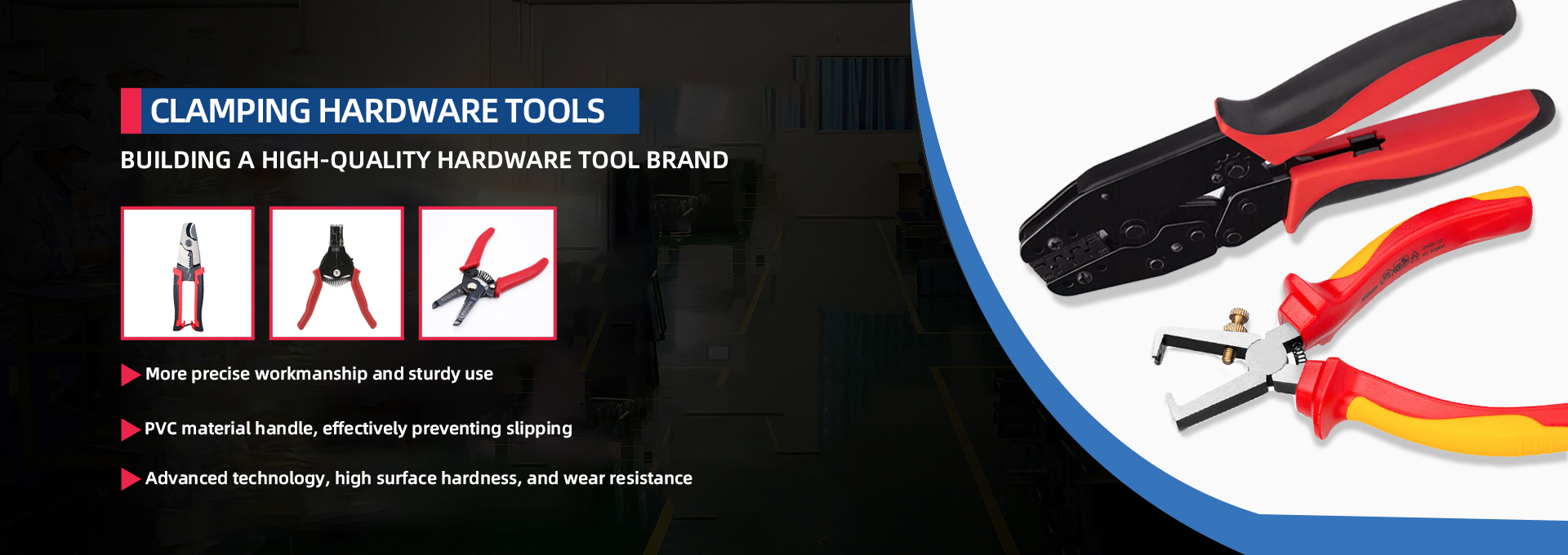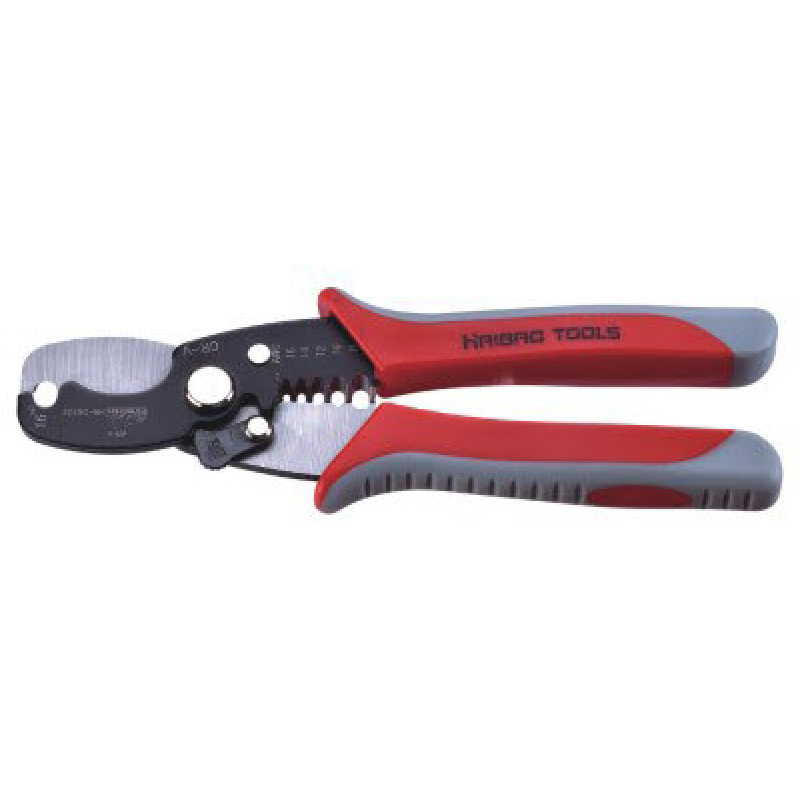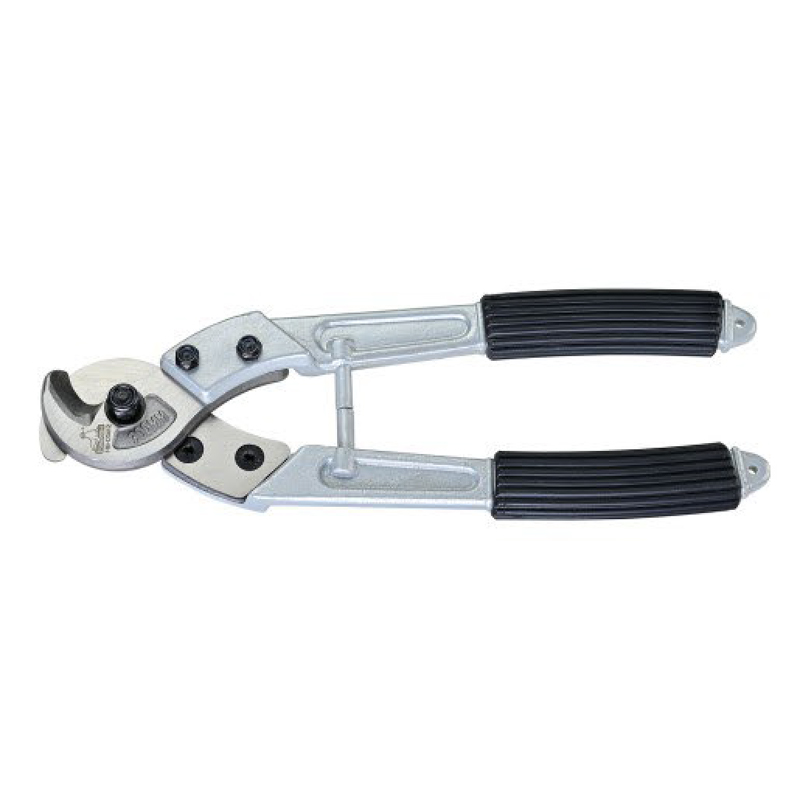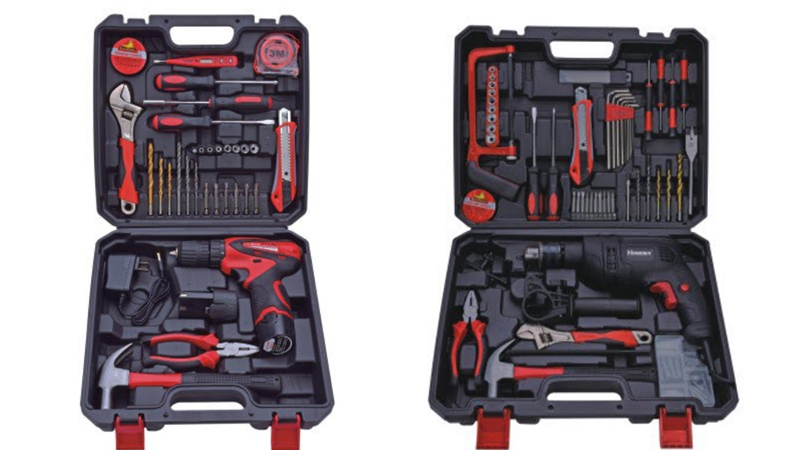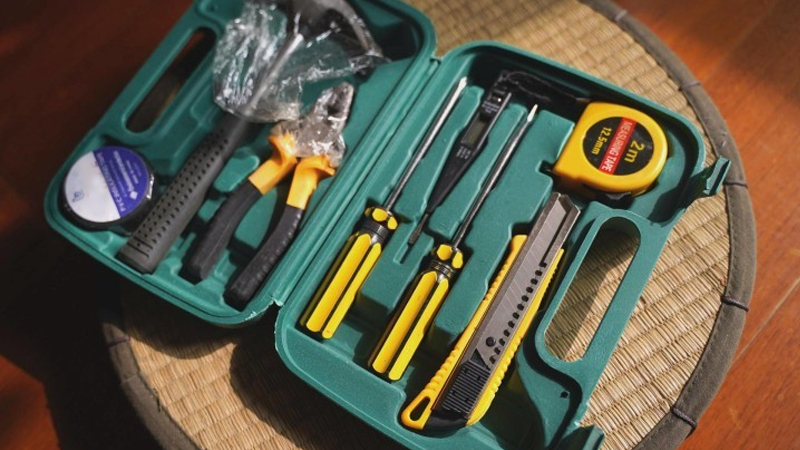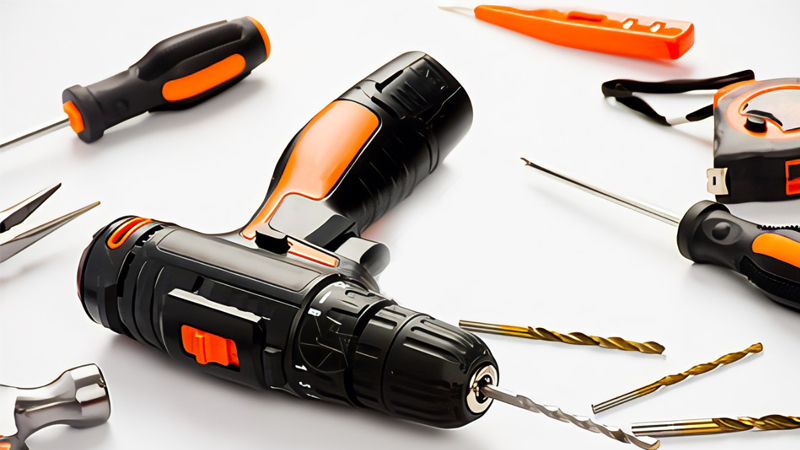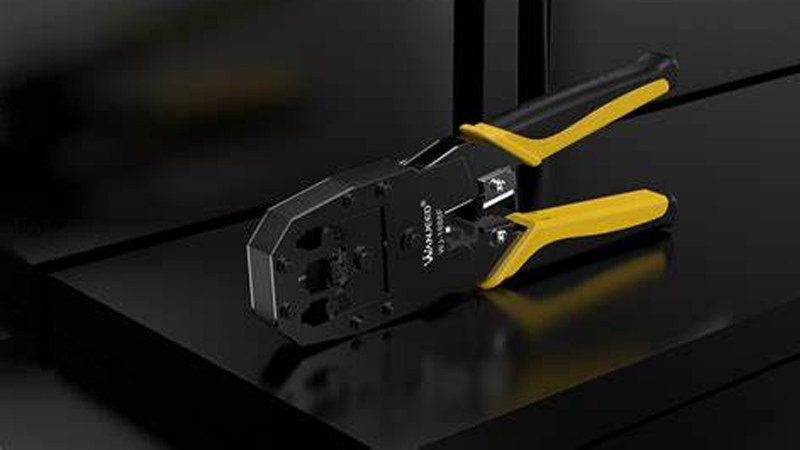The Best Products
Safety regulations for manual tools
1. Metal cutting tools
(1) Chisel
① Chisel is a tool used for chiseling, usually made of carbon steel, and high-speed steel cannot be used as a chisel. The hardness after heat treatment is HRC48-52; Quenching is prohibited for chiseling, and cracks and burrs are prohibited.
② Generally, burrs on the surface of rough blanks can be chiseled, and flat chisels (wide chisels) can be used for pouring, riser, and cutting materials; Sharp chisels (narrow chisels) can be used for chiseling grooves and cutting curved sheet materials; Use an oil tank chisel to chisel the oil tank.
③ The gripping method and operation should be correct. The chisel should be held with the middle finger, ring finger, and little finger of the left hand, with the thumb and index finger naturally closed, and the head of the chisel protruding about 20mm; To reduce the vibration of the chisel hitting the opponent, do not grip the chisel too tightly.
④ When chiseling, the chisel should be quietly lifted from the sharp corner on the side of the operation, and the full edge operation should be carried out after chiseling the gap. Otherwise, the chisel may simply pop open or slip; When cutting at a distance of lOmmn from the end of the workpiece, it should be turned around and chiseled.
⑤ To prevent the hammer from slipping off the chisel end and hitting the hand, cover a foam rubber pad above the handshaking position of the chisel handle; To prevent injury from flying debris or debris, operators should wear protective goggles and steel mesh protective plates should be placed on the work platform.
⑥ The chisel tip should have a slightly spherical shape. If there are flying edges or curls, they should be repaired in a timely manner to ensure that the hammering force passes through the center line of the chisel.
(2) Filiform knife
The knife is made of high carbon steel T13 or T12, and its hardness after quenching is HRC62-67.
Filing knives are divided into three categories: general filings, special filings, and plastic filings. Generally, setbacks can be divided into flat setbacks, square setbacks, round setbacks, semi circular setbacks, and triangular setbacks; Special setbacks, such as straight and curved setbacks; Plastic surgery, commonly known as combination therapy, consists of a set of various shapes and cross-sections of scissors. There are also coarse, fine, double fine, and glossy knives.
① It is necessary to install a handle before using the knife, otherwise the tail tip of the knife may puncture the hand, wrist, or other parts of the body.
② Generally, hold the handle tightly with your right hand, hold or support the front end of the knife with your left hand, and evenly apply force with both hands to push the knife; When using a knife with a relatively small cross-section, do not apply too much force to prevent the knife from breaking; The grinding speed should not be too fast, generally 20-60 times per minute is recommended.
③ Prevent grease contamination on the blade and handle, and the surface of the workpiece being machined should not be contaminated by grease to prevent slipping of the blade and the formation of accidents.
④ Do not blow the chips with your mouth during grinding to prevent them from flying into your eyes; Do not use your hands to remove chips to prevent them from puncturing your fingers and palms. Instead, use a brush to clean and remove them.
⑤ After using the file cutter, it should be properly placed and should not be stacked to prevent damage to the file teeth; When placed on the operating table, do not expose the table to prevent falling and injuring your feet.
⑥ It is strictly prohibited to use the knife as other tools, and it should not be used as a flat shovel or pry bar to prevent it from breaking and injuring people.
(3) Hand saw
Hand saw blades are mostly made of carbon tool steel and alloy tool steel, and are hardened through heat treatment. When using a hand saw, the breakage of the saw blade is the primary cause of damage.
① The correct selection of saw blades should be based on the hardness and thickness of the processed data; The tension of the saw blade device should be moderate and adjusted according to hand sensing at any time.
② The workpiece being sawed should be clamped tightly, and there should be no displacement or vibration during sawing; The cutting line should be close to the support point of the workpiece.
③ When sawing, the saw bow should be straightened to prevent tilting, and the starting saw should be stable. The starting saw angle should not exceed 15 °. When the viewing point is too large, the saw teeth are prone to being clamped by the workpiece.
④ When sawing, push the saw forward and apply appropriate force to both hands; When backing off the saw, lift the hand saw slightly without applying pressure. The amount of force applied should be determined based on the hardness of the workpiece being cut. For harder parts, greater force can be applied, while for harder parts, less force can be applied.
⑤ When installing or replacing a new saw blade, it is necessary to pay attention to ensuring that the tooth tip direction of the saw blade is facing forward; After replacing the new blade halfway through the sawing process, the sawing should be turned around and should not continue along the original saw edge; When the workpiece is about to be sawed off, use your hands to support it to prevent falling and injuring your feet.
(4) Tap and wrench
Taps and wrenches are tools for cutting internal and external screws. Generally made of manual tool steel or high-speed steel, and subjected to heat treatment, quenching, and hardening. Taps are divided into two types: hand taps and machine taps; There are circular teeth and cylindrical pipe thread teeth for pulling teeth.
① When tapping, the end face hole should be chamfered; The tap should be coaxial with the hole of the workpiece; At the beginning of tapping, axial pressure should be applied to allow the tap to cut in. After a few turns, axial force is no longer required.
② After the calibration part of the tap enters the screw hole, it needs to be retracted by 1/4 to 1/2 turn for every half turn to one turn, so that the chips can be broken before attacking downwards; When tapping through holes, it is necessary to frequently exit the tap for chip removal.
③ When tapping on steel workpieces, cutting fluid should be added. When tapping on cast iron workpieces, a small amount of flame oil can be added; After using the head attack, it is necessary to screw the tap into the screw hole when using the second or third attacks.
④ When threading, the end of the workpiece should be chamfered, and the end face of the wrench should be straight with the axis of the workpiece; At the beginning of threading, axial pressure should be applied, and the corresponding rolling pressure should be greater; When cutting threads on the workpiece, do not apply any more pressure.
⑤ When threading, in order to break the chips and discharge them in a timely manner, the teeth should be rotated frequently.
⑥ The workpiece should be firmly fixed on the clamp and fixture; When the tap is broken, do not touch the broken area with your hands. Use a chisel or sample punch to remove it, and wear protective goggles.
Previous: No More


